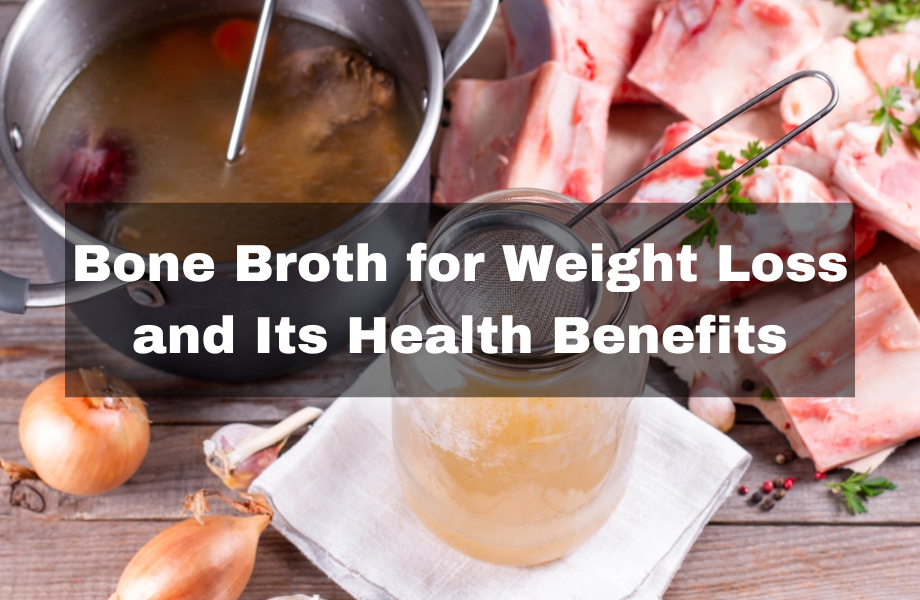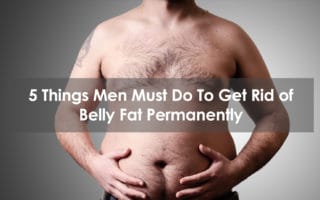Bone broth is something you’ve likely heard before when speaking about the health and wellness industry. Its name is intriguing yet a little intimidating. Lately, many have been talking about the bone broth diet and implementing bone broth into other diets for weight loss and health benefits.
But some doctors don’t recommend this. This doesn’t necessarily mean it doesn’t work, but there are some health drawbacks that one should know. Let’s talk all things bone broth and figure out what it can do for our weight loss goals in 2023.
What Is Bone Broth?

Bone broth doesn’t look all that different than the broth in your chicken noodle soup. It’s made from animal bones that have connective tissue, which is why it’s high in collagen, protein, and other fantastic nutrients. It can be bought in stores or made from scratch at home.
Some people confuse bone broth and bone stock, but it’s important to know the difference. For starters, bone broth has a lot more flavor and tends to be saltier. Bone broth is low in calories and can be used on its own, whereas stock is usually a base that is added to other ingredients to form soup.
Its Nutritional Value
Let’s get straight to the facts about bone broth. Keep in mind that chicken bone broth is different from beef bone broth, and the numerical values may fluctuate. Typically speaking, beef fone broth is higher in every numeric value.
- A cup serving of chicken bone broth is roughly 30 to 60 calories and offers 5 to 9 grams of protein. This is a good ratio of protein to calorie intake. It also has 12-15 grams of healthy fat and 3-5 grams of carbohydrates. For the purpose of weight loss, these figures are great.
- Bone broth has a lot of amino acids or the building blocks of protein. Since this is an animal protein (verse plant-based protein), our bodies are more likely to digest it better. (1)
- Since bone broth is incredibly rich in collagen, women and men have reported having healthier skin, nails, and hair when consuming bone broth. This can be an added bonus for pregnant women who are testing the elasticity of their skin.
- Bone broth is also great for bones and joints. Aside from collagen helping maintain joint and bone structure, calcium is incredibly present in bone broth. (2)
- Those who may struggle with digestive issues may find that bone broth eases this. Bone broth contains glutamine which has been known to be a digestive aid. For those who suffer from conditions like IBS, bone broth is one possible solution.
- Bone broth contains electrolytes which play a key role in keeping your muscles and body hydrated.
- Other notable nutrients include iron, magnesium, phosphorous, potassium, copper, manganese, and selenium.
When Did It Start Becoming a Thing For Weight Loss?
Bone broth feels like a recent trend, but the truth is that it is a prehistoric food that has been used for hundreds of years thanks to its nutritional value. Bone broth became something of a poster child for The Paleo Diet that started to kick off again in the 1970s. Then more recently, it became well-known again because of mega-influencers like the Kardashians.
The approach to how to incorporate bone broth into one’s diet has varied. Some swear by a bone broth diet, while doctors swear this off completely. Others have used it as supplementation. Let’s take a look.
Home Made VS Store-Bought

Nutritionists and dieticians are the first to recommend making your own bone broth. This is the best way to ensure what is in the broth but also to take advantage of every possible nutrient you can get out of the broth.
While not everyone has the time to make their own bone broth (it can take 10-12 hours in some cases), some store-bought options are great. The flavor can vary quite a bit, so it’s important to do your homework and read reviews. Many people who have tried the diet have reported not loving bone broth on the first try. It may take some trial and error to find your match.
The Bone Broth Diet
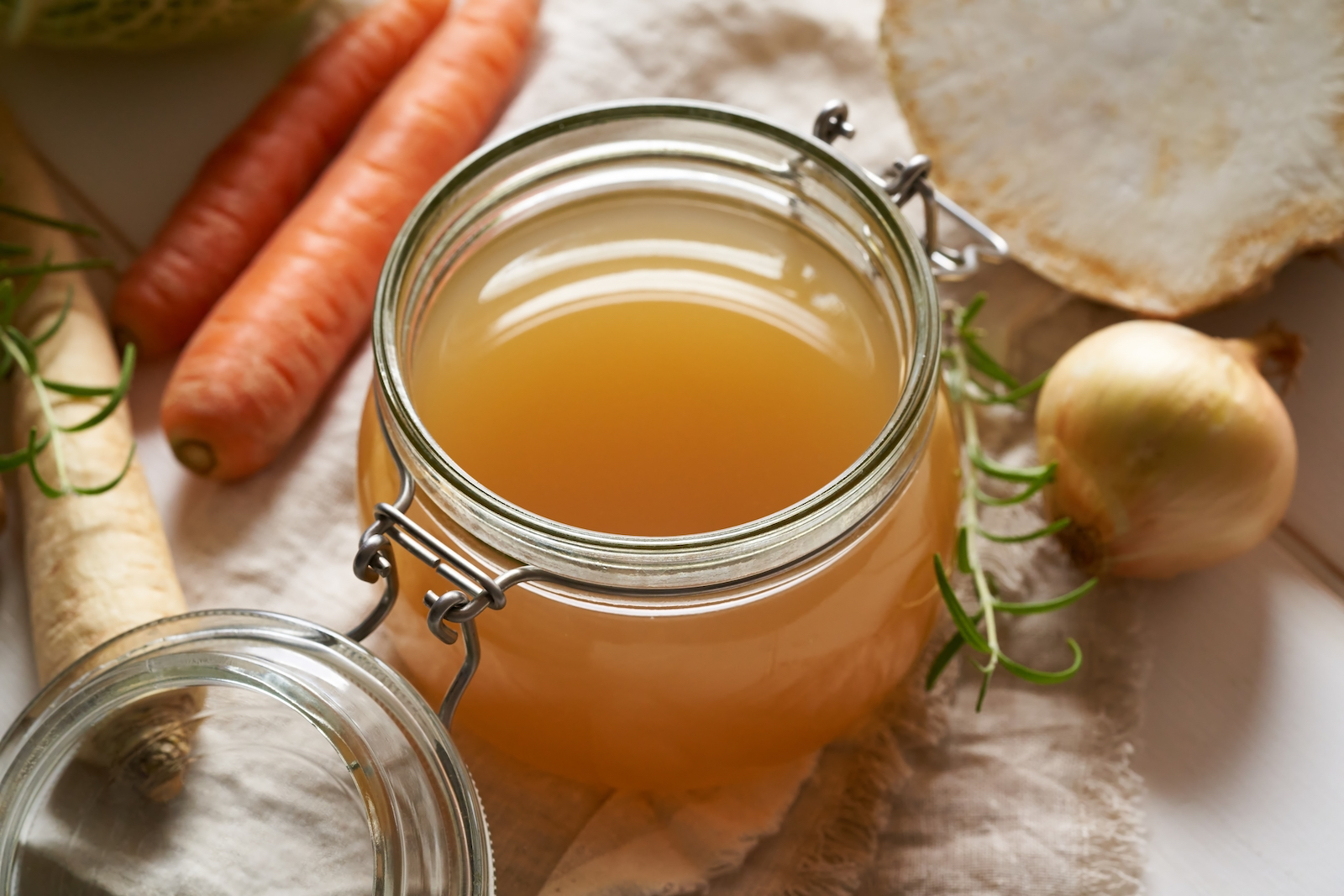
The bone broth diet is an interesting approach to weight loss by combining several methods to kickstart a quick weight-loss journey with maximum results. It consists of 21 days or three weeks, with each week repeating the following. Here it is.
- For the first two days of the diet, you are restricted to only consuming bone broth. Some people recommend eating 300 to 500 calories, but in general, you are consuming 4-6 cups of bone broth per day, and this amounts to your calorie intake limit. An approach is a fasting approach. You also will not eat past 6 or 7 P.M.
- The next five days are considered to be your non-fasting days. But this doesn’t mean you can eat whatever you want. You should follow paleo-style meals where you eat three a day. In between those meals, you will incorporate 2-3 cups of your bone broth over the course of the day.
Tip: You will want to eat your bone broth hot. It tastes better and is more soothing this way.
Paleo Foods To Eat

- Beef, chicken, and fish
- Low-starch vegetables such as broccoli, spinach, kale, bell pepper, etc.
- Pears, berries, apples, and other low-glycemic fruit
- Healthy fats such as avocado, oil, nut butter, etc.
Foods To Not Eat/Drink

- Legumes
- Grains
- Dairy
- Sugar
- Processed food
- Bad fats
- Drinks with calories
Paleo Meals For Eating
Since the bone broth diet introduces the paleo diet, it’s worth knowing what it is and having some inspiration for meals. The Paleo Diet sticks to foods that could have been eaten before the modern era. So it is limited to fish, eggs, meat, poultry, nuts, seeds, fruits, and vegetables. Nothing processed.
When it comes to filling our body with carbs, it’s OK to use vegetables as are carb source. Some vegetables have more starch than others, so by incorporating these into our diet, we help meet our nutritional requirements.
Meal Inspiration

- Broiled and seasoned salmon is a go-to. You can spice it up any way you like
- Greens salad with cut-up vegetables, avocado, nuts, and olive oil and vinegar
- Baked chicken with grilled broccoli and asparagus
- Egg omelet with cut-up red peppers, onions, and tomatoes
- Salmon, avocado, cucumber salad
- Butternut squash soup
- Tuna steaks with your choice of seasoning
- Flank steak with bruschetta
- Any fruit breakfast smoothie that is low-fat
- Mixed nuts for snacks
The amount of simple and complex paleo-friendly recipes available online is limitless. The important thing is remembering portion control and keeping track of your calories so that your intake does not outweigh your output.
For example, in order to lose one pound a week, you must be in a deficit of 500 calories a day. With the bone broth diet, this is much easier to accomplish. Some people reported losing a few pounds just in the first week.
Bone Broth Supplementation
Not everyone follows the bone broth strict diet. There are some people who have reported using bone broth as supplementation or in other ways. Here are some ideas that others have tried that vary outside of the bone broth diet.
Combining It With the 16:8 Fasting Plan

One idea is to do the 16:8 fasting plan. Components of this diet are worked into the bone broth diet, but you can change what you are eating. The idea is to fast for 16 hours and eat during an eight-hour window. Ideally, this eight-hour window will be from 8 A.M. to 4 P.M.
While you can eat your normal foods between eight and four, you can drink several cups of bone broth as a liquid meal during the other 16 hours. Keep in mind it is still calories so most people would recommend 2 to 3 cups in the afternoon after your last meal.
The 6 Meals A Day Diet

If you haven’t read up on the six-meals-per-day diet plan, then this is a great chance to do so. This diet also works to help anyone lose weight, and substituting bone broth as one of the snacks or meals during the day is a great option. It will remain within the calorie limits (200 to 400 per meal) and provide you with the necessary nutritional supplements to stay healthy.
It’s important that if you are going to add bone broth to your six meals-a-day plan, you don’t count it as an additional meal. While there is no science saying you can’t have eight meals a day, it’s better not to hinder your progress and stick to the timetables recommended.
Just An Addition
Even if you aren’t following any particular diet, it is clear that bone broth has extreme nutritional benefits. Incorporating it into your daily or weekly meals can continue to encourage healthy habits and yield positive results. It can still work as a weight loss idea even if you aren’t following the restrictive regimen of the 21-day bone broth diet.
Who Is This Diet For?
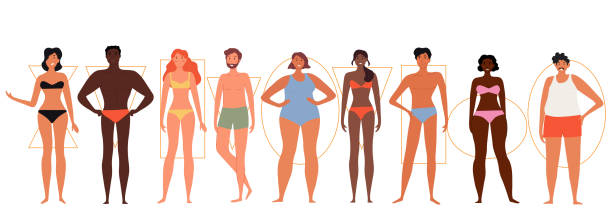
Anyone that is looking to shed weight will find this diet appealing. It triggers a quick weight-loss plan to shed pounds. As long as your body is relatively healthy and you don’t have any underlying conditions, most people report getting through this diet without issue.
If you are unsure about your medical history or whether you should try this diet, you should consult your personal doctor.
Bone Broth Health Concerns
As with anything, there are drawbacks, and it is not a secret that some doctors and nutritionists don’t recommend this type of approach to dieting. Why? Well, the answer doesn’t mean not having bone broth.
- Nutritionists agree that the diet works but more for the sake of calorie cutting. Because it is a restrictive diet, it is not sustainable long-term, and if certain individuals are not careful, they can enter rebound weight phases. This is where you quickly gain the weight back after a strict diet.
- Dieticians also have noted that this is not a good option for anyone that is pregnant, has underlying health conditions, or has been exposed to eating disorders should not do this diet.
- Natural bone broths are not the same as powders. Studies have shown that different additives have been incorporated, making bone broth a less healthy option than one may think. (3)
Exercise Warnings
Something to consider when you are on the first two days of fasting is that your body may not be used to the limited calories. This can cause a wide range of side effects like irritability, mood swings, hunger, and fatigue. Being mindful of how your body is particularly important.
Some people make the mistake of trying to exercise with too much intensity. Our bodies still need fuel to function, so if you start to feel side effects, it’s important not to push yourself physically and consider consulting a doctor.
This doesn’t mean that you can’t or shouldn’t exercise. Some people have no side effects other than some tummy rumblings and go on about exercising as they normally do. Yoga, aerobic fitness, and sports are great ways to take advantage of the calorie deficit and shed some pounds.
Starting The Diet
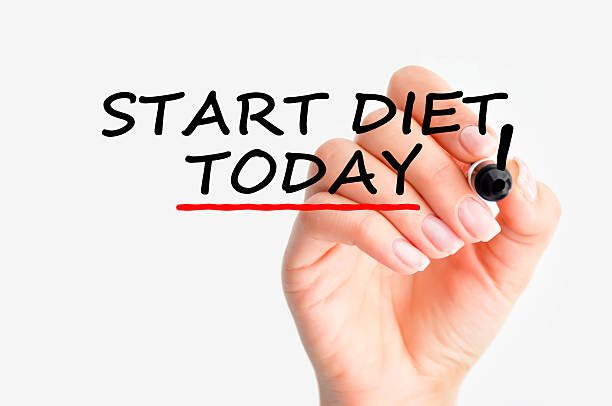
If you have never started a diet before, it may be worth trying the bone broth a few times first. Some people don’t have any issue diving right in, while others find it a jarring task. You can always use the process of elimination or work on cutting back calories rather than go cold turkey. This is harder for some because there can be a real blur in the lines.
The most important thing is that if you start the bone broth diet, you remain disciplined in your eating following the days of fasting. Overeating during the five days can negate the results you earned through the beginning of the week. Sticking to a healthy diet will reward you with your weight loss goals!
References
- https://www.ncbi.nlm.nih.gov/pmc/articles/PMC6723444/
- https://www.ncbi.nlm.nih.gov/pmc/articles/PMC8618064/
- https://pubmed.ncbi.nlm.nih.gov/19041920/
